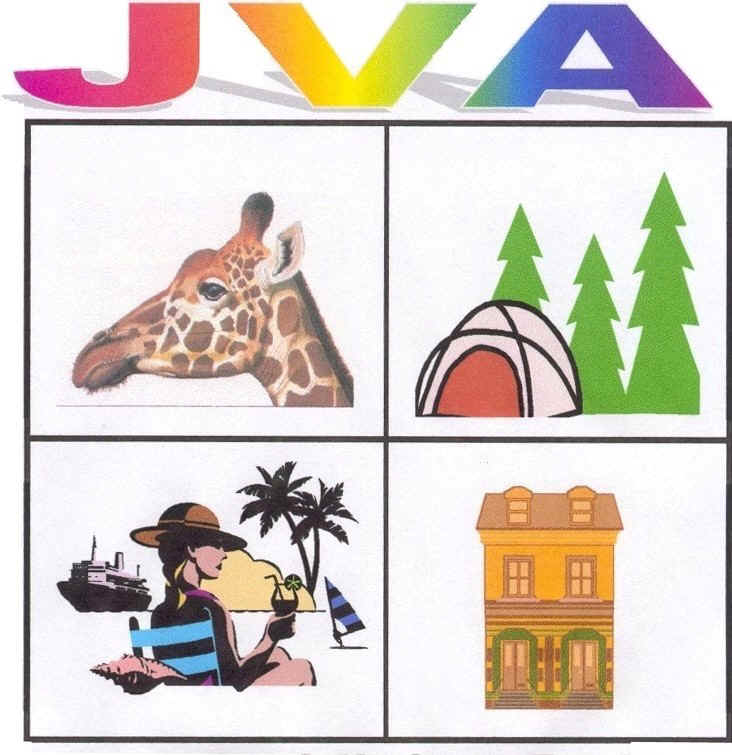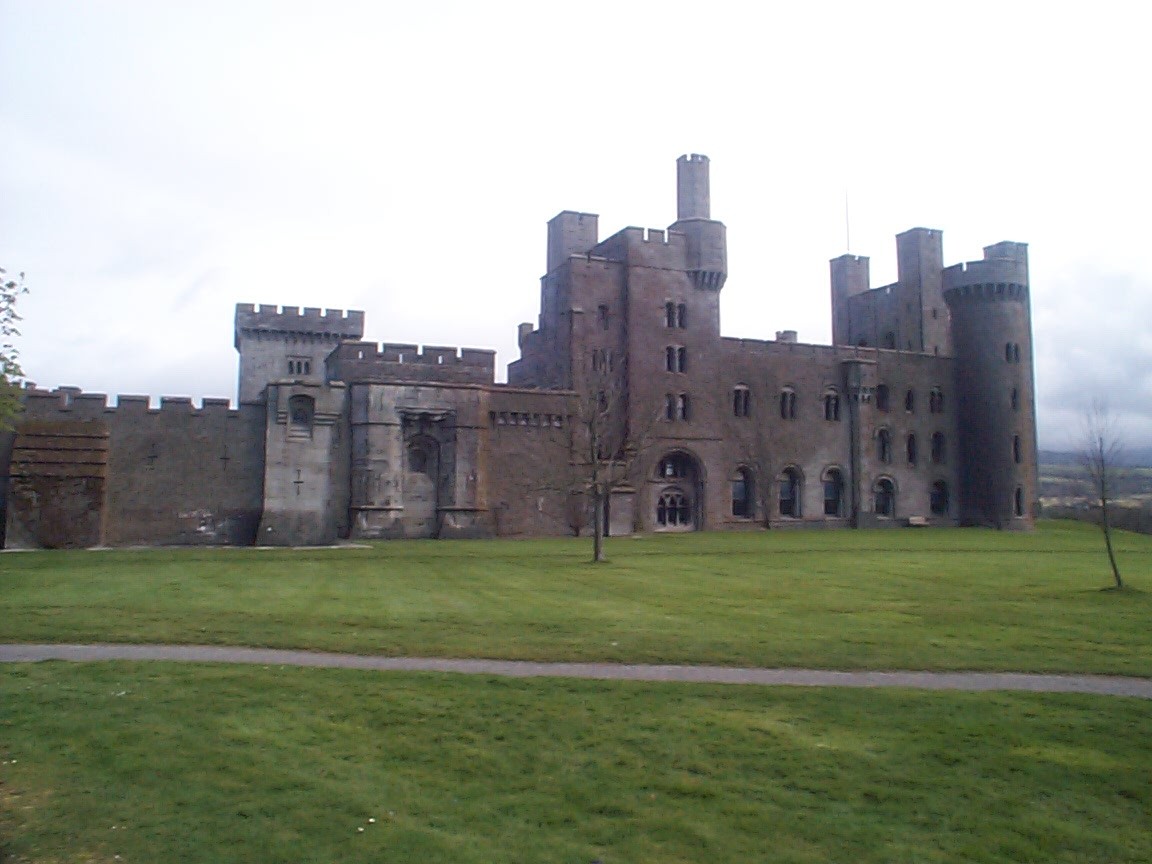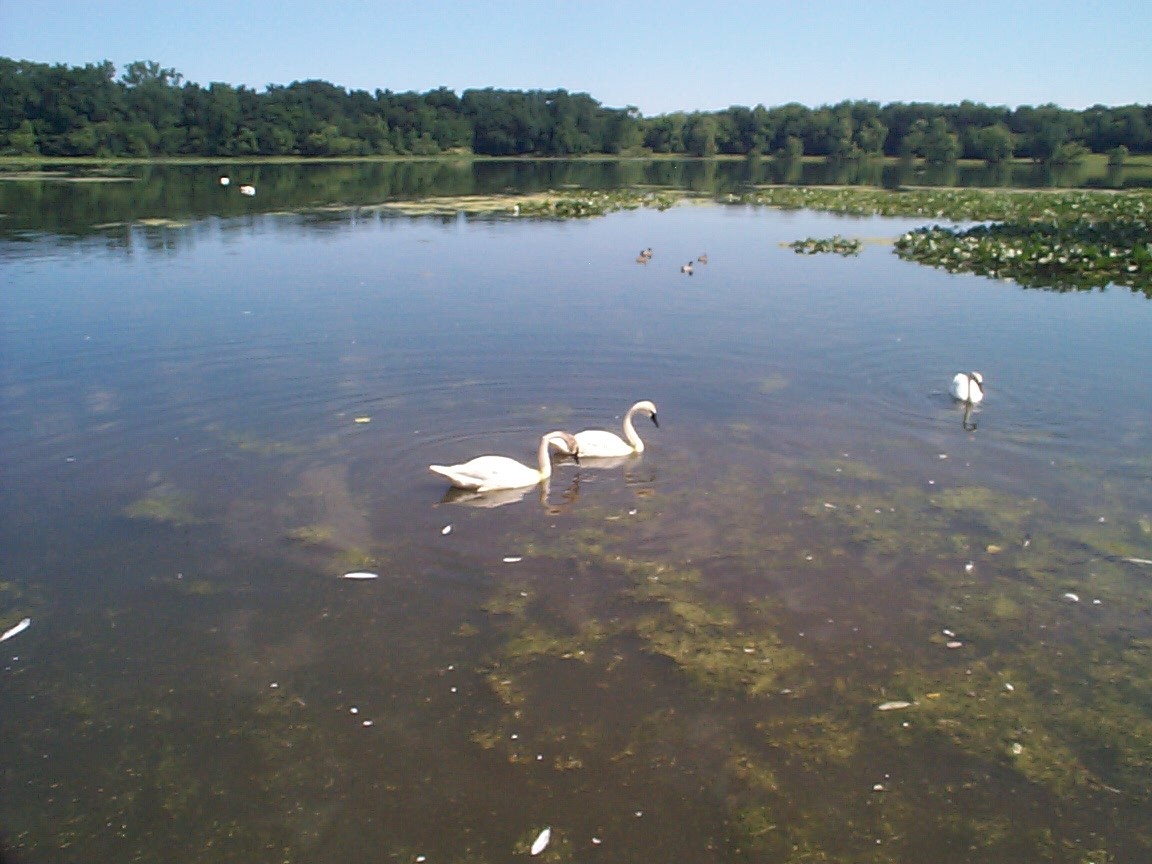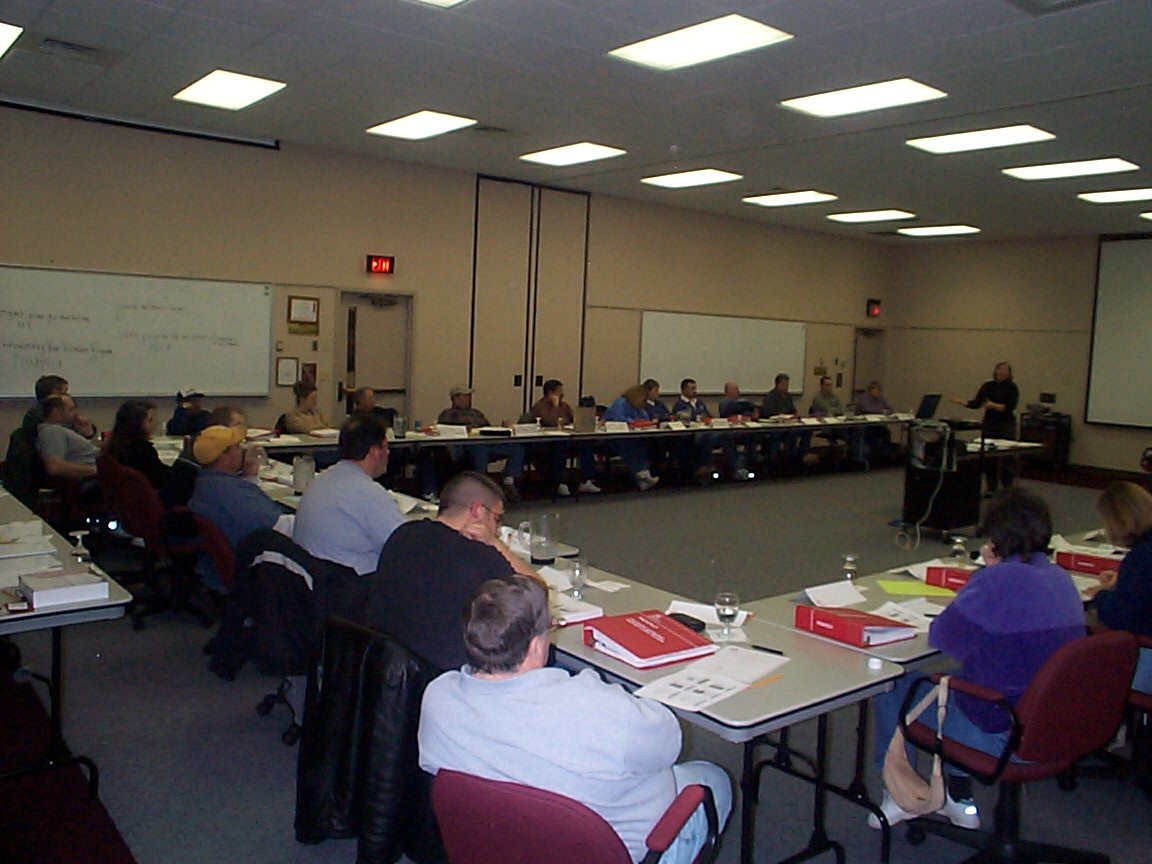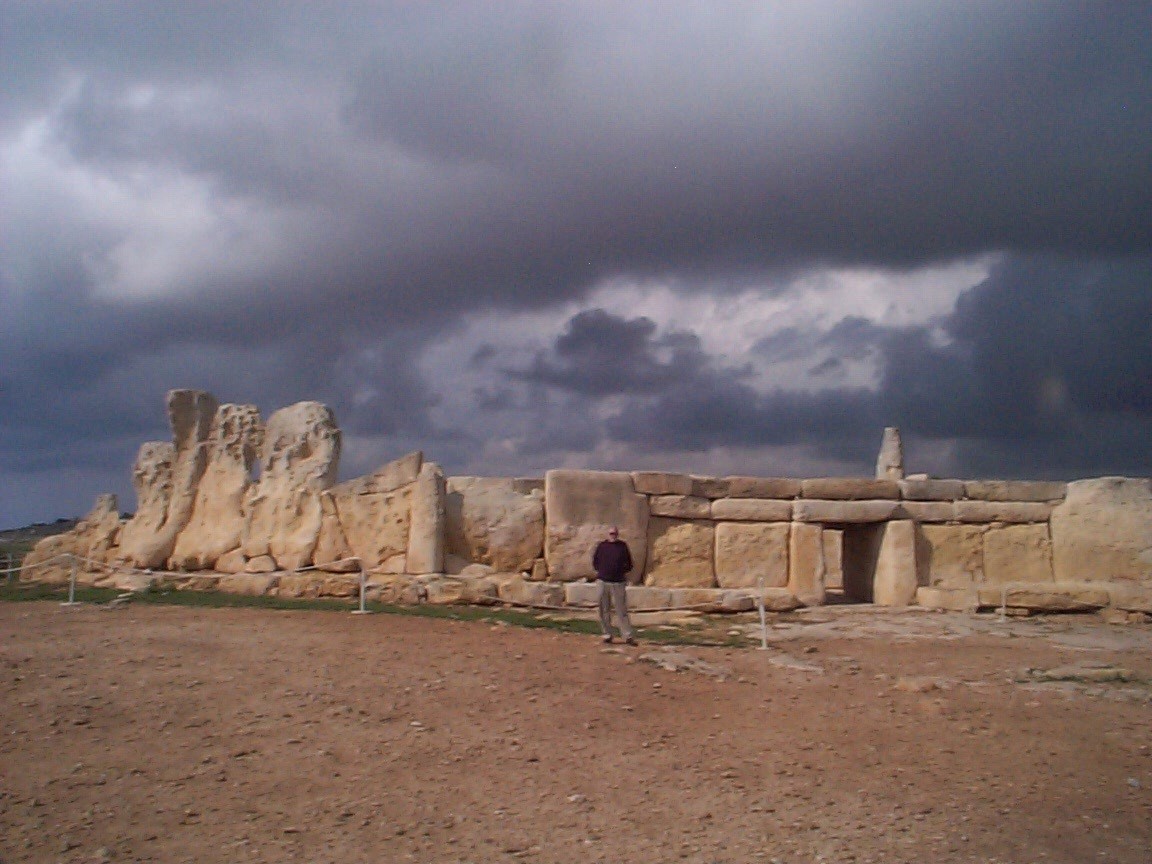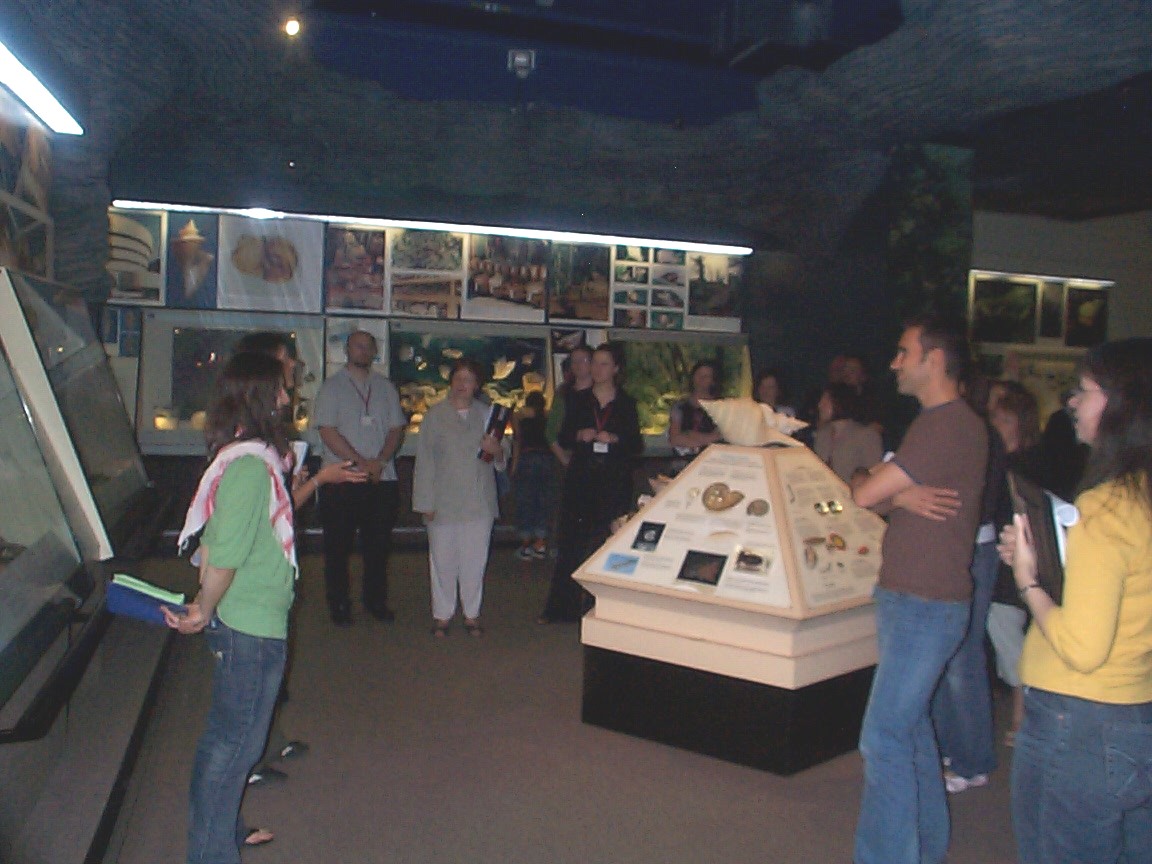Planning truly "Interpretive" Panels
by
John A. Veverka
Are your boards "boring"?
If your interpretive boards or panels are boring, then you can be sure of one thing - they
are NOT interpretive. Truly "interpretive" panels are planned and designed to
be exciting, provocative, revealing and memorable. There is a big difference between
interpretive and informational panels. This short article will reveal the difference and
give you some ideas as to how to make sure that your interpretive panels effectively
communicate with you visitors - and accomplish their purpose.
What does it mean to be "Interpretive"?
Today almost everything we toss out in front of visitors is called
"interpretive", yet most of the communications we give them are informational
not interpretive! The definition of interpretation I prefer to use - and have taught for
many years - is:
Interpretation is a communication process designed to reveal meanings and relationships of
our cultural and natural heritage, to the public, through first hand involvement with
objects, artifacts, landscapes, or sites.
The communication process in the definition is the use of Tilden's Interpretive Principals
which state that to be "interpretive" the communication process must:
* Provoke the attention, curiosity or interest of the audience.
* Relate to the everyday life of the viewer or reader.
* Reveal the theme or key point of the message through a unique or creative viewpoint,
design or perspective.
* Address the Whole - the interpretation should illustrate a higher theme or message.
* Strive for message unity - use the correct graphics, colors, textures, design
elements to support the theme of the interpretive message.
This process is also the basics of a good advertisement. When you look at or read a
provocative ad in a magazine or on TV, you are seeing interpretive principals at
work. Interpretation has come from, and utilizes communication strategies and techniques
from: advertising, marketing, consumer behavior, psychology of the audience, recreational
learning theory, journalism, as well as other support areas.
Planning Interpretive Panels
Plan for your total site interpretation and your media mix.
Before you begin planning for one or more interpretive panels you should first consider
the main story or theme of your total site and other interpretive media and services that
will make up your message media mix. What is a media mix? To illustrate and interpret the
total site story to your visitors you may use a variety of
media including printed leaflets, visitor center exhibits, outdoor demonstrations, living
history, guided tours, self-guiding audio devices and interpretive panels. The variety of
media you use for interpreting your total site is your media mix.
In the interpretive plan for your total site you should have determined that for a given
site, resource or location, interpretive panels were the best or most cost effective media
for interpretation at that location. But the panel(s) is only one of many different media
you may be using to illustrate/interpret your total site theme. So, you should consider,
as good planning practice, where and how the panel will fit into your total media mix
presentation of your site story. Is a panel the best media? Do you need an interpretive
panel? Remember, you are interpreting the "whole site", and a panel(s) for an
individual location should be planned and designed to fit into the total site story
presentation and design look (media graphic standards). The bottom line - the interpretive
panel should fit in and help illustrate your total site interpretive message.
Interpretive panel planning considerations.
Once you have decided that an interpretive panel(s) is the BEST media for interpretation
at a particular site or resource, here are the key steps I recommend in planning and
designing interpretive panels.
1. Story and theme analysis. Identify the key concept that this particular panels will be
designed to interpret. The best way to determine the theme is to ask yourself "if a
visitor only remembers one thing or message from this panel, I want that one thing to be
______________". The answer is the theme. Note that there is a big difference
between a theme and a topic. A theme is a complete sentence and a topic isn't. For
example:
Topic: Birds of the park.
Theme: We manage this habitat to attract three species of migratory
birds.
The THEME is what the panel graphics and text will "illustrate".
2. Audience analysis. Once you have the theme you want the panel to interpret, you also
need to consider just who will be reading the panel. Will the audience be: experts or
people with little knowledge; local residents or tourists; children or retired folks, etc.
The market group that the panel is designed for will translate into the kind of
text, graphics, and "relate" approaches you use in the final design.
3. What are the objectives of the panel? This is the area where most planning falls short.
I would guess that most panels in the countryside today are "objectiveless"
panels. That means that no one can explain why they are there other than that "we got
funding for 5 boards and had to do something!". The ONLY way you can be
sure that your panels are working are to have objectives for them. I like to use three
different objective levels in panel planning:
* Learning objectives: Upon completion of reading/looking at the panel, the majority of
the visitors will be able to list the three ways that wildlife preserves benefits wildlife
and people.
* Behavioral objectives: These are the most important of the objectives as they determine
the real results or purpose of the panel.
Upon completion of reading the panel, the majority
of the visitors will use this resource in a safe and
stewardship-like manner.
Upon completion of reading the panel, the majority
of visitors will stay on designated trails only.
Emotional objectives: These are the objectives where you describe how you want the
audience to FEEL upon completion of their interaction with the panel. It is the emotional
objectives that drive the Behavioral objectives quite often.
Upon completion of reading the panel, the majority of the visitors will feel that
protecting natural areas is important for them and their children.
Upon completion of reading the panel, the majority of the visitors will feel the desire to
help support the (agency, etc.) that manages this preserve.
The true success of the interpretive panel is dependent upon you having clear and
accomplishable objectives. How can you "plan" a panel if you don't know what it
is
you want the panel to accomplish?
4. The two questions!
After you have developed your objectives, or as you consider what you want the objectives
of the panel to be, ask yourself these two questions:
* Why would the visitor want to know this? This is my "who cares? or so what?
question. If you cannot answer this questions - you will have a problem in the panel being
successful. Be careful not to have your panel
giving answers to questions that no one is asking! If you can think of a good reason that
the visitors will want to know this information - use that statement as part of the
panel header (Provoke). For example: This plant can
save your life! Would you want to know more?
* How do you want the visitor to USE the information you are giving them? If you don't
want the visitors to use the information on the panel in some way, then why are you
giving it to them? The answer to this question can become your behavioral
objective(s), such as to "have a safer experience", or to "consider
becoming a volunteer at the Centre". Again, there is not a right answer. But
you need to consider the question carefully. You have spent a lot of time and money on
developing this panel - WHY? What do you want as a result of your panel investment?
5. Determine How/When/Where to Use Interpretive Boards or Panels. This planning
consideration concerns itself with such issues as selecting the panel materials that would
be best for your site/use. Kinds of materials can range from Fiberglas and porcelain signs
to photo metal, lexan, and other materials. Each sign material has its benefits and
limitations. It's good to ask for material specifications and samples from different sign
manufactures to see what your options and costs are. Remember, the visitors don't care
what kind of panel material you use - they only care about the
quality of the message presentation! How/When/Where questions you also need to consider
are:
- Panel locations. What kind of mounting system will you need, what will the impact on the
panel mount have on the environment or on the "view"?
- Panel maintenance. Can the panel and mounting system be easily maintained should any
vandalism occur or the panel need to be changed in the future?
- What is the "life" of the Panel - how long do you intend to have it in place
as is? The answer to this question might reflect on your choice of panel manufacture
materials.
- Will the panel topic be for a seasonal presentation or a year round presentation?
- Will any of the information presented on the panel be likely to change in the
near future?
6. Evaluation. This is an important step in the interpretive planning process that is
almost always left out. Before you spend $2000.00 on a panel or board, wouldn't you
like to be sure that it works (that its objectives are being accomplished)? I recommend
that you make a simple photo copy of the proposed draft panel and pre-test it with a
sample of your visitors to see if they understand the message, etc. When you have the
panel text and graphics working at a 70% of greater level of objective accomplishment -
then send it out for final production.
7. Implementations and Operations. This part of the planning process focuses on the real
costs, time and logistics involved in getting from the "lets have a panel" stage
to the final installed product. Some of the questions you need to consider include:
- What is the budget, and what are our media fabrication options for
that budget.
- When do we need it by, and how long does it take from plan to
fabrication?
- Who will do the contract, manage the contract, etc.
- Who will do the research, write the label copy, select
graphics, do final design, and do the actual fabrication?
- Who is responsible for approvals (drafts, text, design,
etc.)?
- Who (will you) do any pre-testing evaluation studies?
- Who will install the panel(s) and maintain them?
Remember the visitor!
In planning and designing interpretive panels it is important to remember some basics
about how visitors learn and remember information.
- People learn better when they're actively involved in the learning process.
- People learn better when they're using as many senses as possible.
- People retain about:
* 10% of what they hear.
* 30% of what they read.
* 50% of what they see.
* 90% of what they do.
Make sure that the visitors use the panel to help them look at and understand the resource
the panel is interpreting. Use behavioral considerations in the panel
design and text such as: "look for the...", or can you find the... in the site
in front of you", "go ahead and touch the....", "listen for
the....". These action steps will
help design some "minds on and hands on" activities for the "90% of what
they do" communication information retention process.
Dare to be CREATIVE!
If you have had some time to go out and look at interpretive panels you might have noticed
some things that many have in common. They might be un-inviting, un- exciting,
un-memorable, and probably un-successful! How many of the panels you have seen in the past
can your remember anything about? Do you want your panels to be the same? Do you really
want to spend $1000 or more for your panels message to
be a blur in your visitors site experience? Then dare to be creative!
Depending on the particular panel topic: consider using cartoons; use "hidden picture
graphics" (how many birds can you find in the illustration?); challenge the visitor
to look for, find, smell, touch, THINK; use riddles or puzzles and have the visitor check
with staff, at a visitor center, etc. to see if they had the correct answer. Consider
using a 3-D panel - using sand-blasted wood to create an elegant presentation of shape,
color and text. Design a vertical panel with a "peep hole" so the visitor can
look through the panel to see a resource. Use clear vertical panels with sand blasted
historic illustrations
on it so that a visitor can look at/through the panel at the historic site and see super
imposed on the site, through the clear-etched panel, what the resource might have looked
like 100 years ago - 500 years age! Dare to be Creative!
Use the panel mounting or frame as an exhibit element too! You can use solar powered
digital sound boxes in the frames to include bird calls, sound effects or other messages;
or use 3-D Fiberglas impressions built into the frames for visitors to touch.
Don't be so comfortable with the way that "it has always been done". There is
not a wealth of evidence showing that the way "we've always done it" has
actually worked! Try new ways, new strategies, and new perspectives. And pre-test before
you build. The visitors should be the ones to tell you if it is a good idea or not.
What if it fails?
* "A ship in port is safe, but that's not what ships are built for." - Grace
Hopper, Inventor.
* "There's as much risk in doing it "the way it's always been done" as
there is in trying something new " - John Veverka, Interpretive Planner.
* "Behold the turtle who makes progress only when he sticks his neck out." -Old
Chinese proverb.
The point to all this is that there are lots of new, exciting and creative ways to tell a
story with a panel. You shouldn't feel restricted in your individual creativity - it may
be just the thing needed to help make an potentially boring story really come to life for
the visitor. Remember, the chief aim of interpretation is provocation - NOT instruction.
Summary
This short article focused on the key components to planning and designing a successful
interpretive panel. The planning process should consider: 1) the main theme
of the panel; 2) the intended audience; 3) the objectives of the panel; 4) How/When/ and
Where you intend to use the panel; 5) how you will evaluate the panel to make sure that
its' objectives are being accomplished; and 6) implementation and operations
considerations. Interpretive panels must use interpretive principals: Provoke, Relate and
Reveal the essence of the message. And finally, consider the visitor, they are not
out on a holiday to read a book on a stick. Make sure that the panel content relates to
them and considers the two questions: 1) why would the visitor want to know this
and 2) how do I want the visitor to use the information I am interpreting to them.
Interpretive panels don't just happen, they are carefully planned. For the time and
investment involved producing them, interpretive panels are more effective than panels not
using interpretive techniques or principals. Their product is your success - if done
correctly.
References
Gross, Michael and Ron Zimmerman. Signs, Trails and Wayside Exhibits: Connecting
People and Places. University of Wisconsin-Stevens Point Press.
Lewis, William J. Interpreting for Park Visitors. Eastern Acorn Press.
Tilden, Freeman. Interpreting our Heritage. University of North Carolina Press.
Veverka, John A. Interpretive Master Planning. Falcon Press.
John Veverka
E-Mail: jvainterp@aol.com

